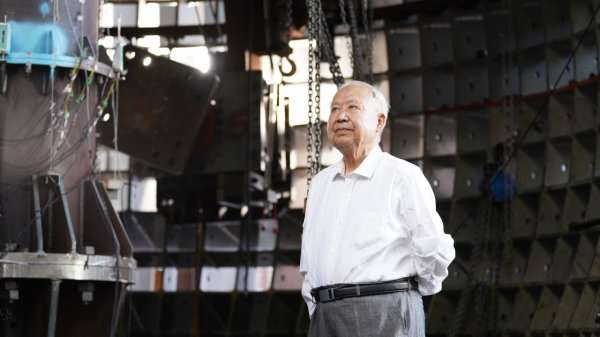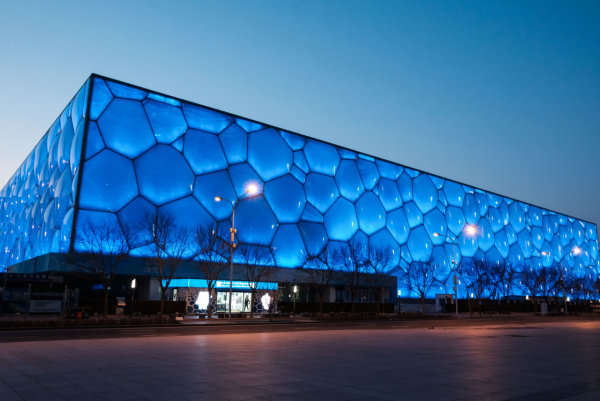Dong Shilin

Dong Shilin [Photo/zjol.com.cn]
The Hangzhou Olympic and International Expo Center is also known as the "Big Lotus." At Zhejiang University in Hangzhou, an 89-year-old man has been paying attention to its growth.
His name is Dong Shilin, an academician of the Chinese Academy of Engineering, as well as a professor and doctoral supervisor at Zhejiang University. He has presided over and participated in the scientific research on famous buildings like the Capital Gymnasium, the National Center for the Performing Arts, and the Water Cube.
Now, he is the leader of the expert advisory group of the main stadium of the Hangzhou Olympic and International Expo Center.
Dong was born in Tangqi town, Hangzhou. Since childhood, "building a big theater without pillars" has been his goal.
In 1955, Dong graduated from Tongji University and was admitted to the Moscow Institute of Architecture and Engineering to study large-span spatial structures.
In 1968, while helping building the Capital Gymnasium, Dong locked himself in his office for two weeks and calculated 128 simultaneous equations by hand.

The framework of the Water Cube is made of translucent polymer sheeting. [Photo/zjol.com.cn]
While participating in the construction of the Water Cube for the Beijing 2008 Olympic Games, Dong and his team developed welded hollow spherical joints for the building's membrane, which was made of over 100,000 square meters of translucent polymer sheeting to reduce the framework's weight.
"The construction industry should keep innovating and use light materials as much as possible. A buildings' comfort and aesthetic levels must be guaranteed while reducing costs," said Dong.
"With more creativity in innovation and precision in manufacturing, China can catch developed countries' spatial structure in three or four years."
-
Xixi Wetland invites visitors to Huazhao Festival
March 25, 2025
-
Hangzhou sets standard for concert hosting
March 19, 2025
-
What is making Hangzhou the new tech powerhouse of China?
March 10, 2025
-
Inside Hangzhou: China's high-tech dream factory
March 12, 2025



